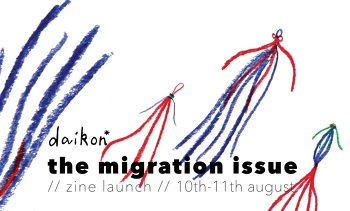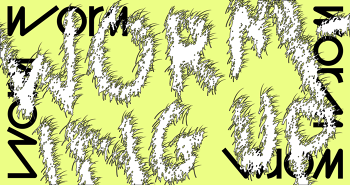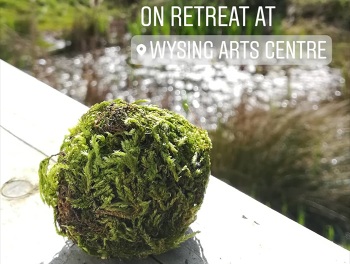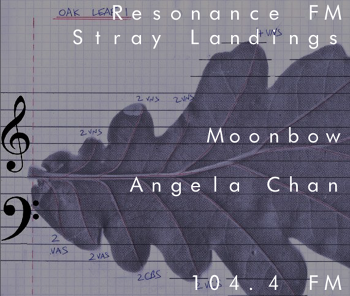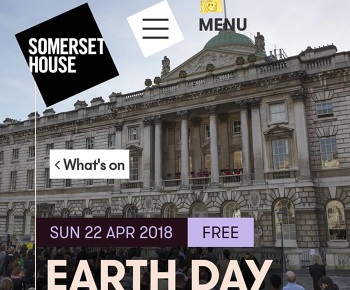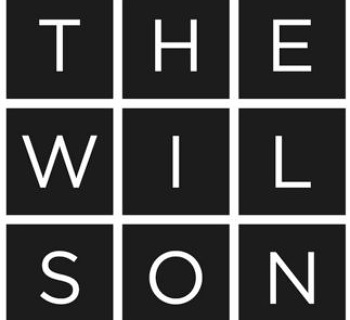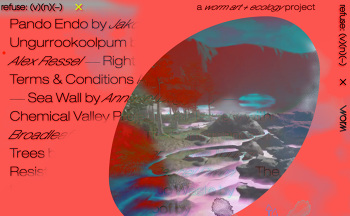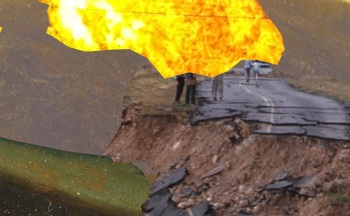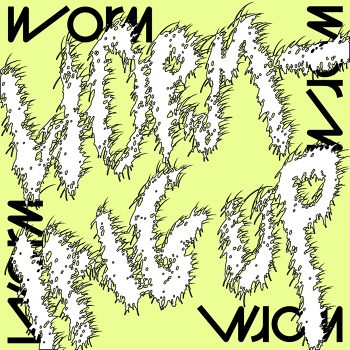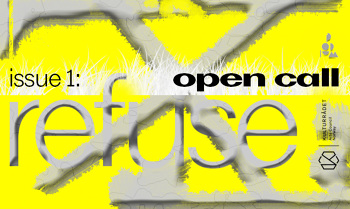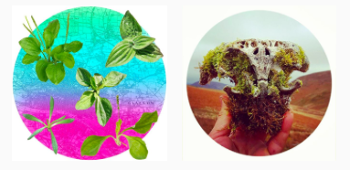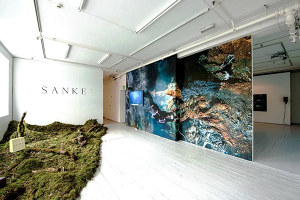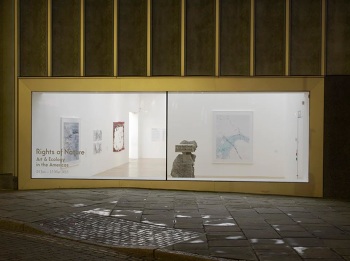Miguel Fernández de Castro and Maeve Brennan - A Dialogue on Marginal Geology
[18/02/15]
Miguel Fernández de Castro shares with Worm A Dialogue on Marginal Geology, which he conducted with Maeve Brennan, a Beirut and London-based artist, during the Home Workspace Program 2013-14 in Beirut. He navigates through writing and visual arts to develop what he calls long-term discursive research projects.
A Marginal Atlas of Geology is the larger evolving project of this dialogue with future publications, exhibitions and lectures in mind. Miguel Fernández de Castro thinks critically about the language of geology: its timescale and resource of data vs. human history, its politics of spatial borders, and investigates the pressing issue of “natural resources as an expanded trafficking”. He gives an introduction to the project followed by a link to A Dialogue on Marginal Geology:
My work on geology arises from an interest on analyze concepts with an allegorical potential. Rather than working with geology as a theme, I’m interested on taking it as a pretext to develop ways to think critically.
In my project Marginal Atlas of Geology, I’m trying to develop an allegorical landscape of the margins by which the geological language moves. It’s not about geology. It’s not about erosion. It’s not about the stone. It’s about how these concepts and their materiality can help us to think critically a specific situation.
Dialectical phenomena such as subduction, erosion or stratifications are always analyzed based on a temporality that, in the case of geological time, is difficult to grasp in relation to human timescale. What are, today, the political implications of thinking a slow and long time as the geological? What is the role of stratification and erosion when interpreting a great amount of data? As in the case of massive accumulation of data, you can only bring a critical relationship to certain processes through fragmentary interpretation. The interpretation as a translation.
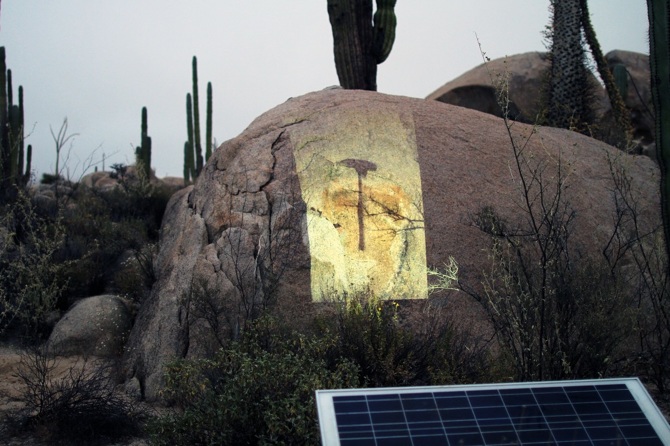
Is it possible to generate an archive to reformulate politically the concepts of erosion and stratification? Is it possible to think a geological margin that affects the center of language itself? I use the concept of ‘marginal’ in two ways: as a spatial issue and as a political issue.
In Mexico occurs something that condenses very well this problematic interaction. Recently, drug cartels in an attempt to diversify their market, started hiring geologists and engaged in mineral trafficking. Since then, big mines have now been guarded by the Mexican army. This is a key scenario: a territorial dispute over the use of geological resources arises when the circulation of commodities is in danger. The circulation, like the wind that carries invisible particles wearing the surface of the stone, must never stop.
- Miguel Fernández de Castro, February 2015.
To A Dialogue on Marginal Geology (PDF)
---
Follow Miguel Fernández de Castro:
Website: www.miguelfernandezdecastro.mx
Instagram: @miguelfernandezdecastro
Follow Maeve Brennan:
Website: www.maevebrennan.co.uk
Instagram: @maevekrbrennan
Miguel Fernández de Castro shares with Worm A Dialogue on Marginal Geology, which he conducted with Maeve Brennan, a Beirut and London-based artist, during the Home Workspace Program 2013-14 in Beirut. He navigates through writing and visual arts to develop what he calls long-term discursive research projects.
A Marginal Atlas of Geology is the larger evolving project of this dialogue with future publications, exhibitions and lectures in mind. Miguel Fernández de Castro thinks critically about the language of geology: its timescale and resource of data vs. human history, its politics of spatial borders, and investigates the pressing issue of “natural resources as an expanded trafficking”. He gives an introduction to the project followed by a link to A Dialogue on Marginal Geology:
My work on geology arises from an interest on analyze concepts with an allegorical potential. Rather than working with geology as a theme, I’m interested on taking it as a pretext to develop ways to think critically.
In my project Marginal Atlas of Geology, I’m trying to develop an allegorical landscape of the margins by which the geological language moves. It’s not about geology. It’s not about erosion. It’s not about the stone. It’s about how these concepts and their materiality can help us to think critically a specific situation.
Dialectical phenomena such as subduction, erosion or stratifications are always analyzed based on a temporality that, in the case of geological time, is difficult to grasp in relation to human timescale. What are, today, the political implications of thinking a slow and long time as the geological? What is the role of stratification and erosion when interpreting a great amount of data? As in the case of massive accumulation of data, you can only bring a critical relationship to certain processes through fragmentary interpretation. The interpretation as a translation.

Is it possible to generate an archive to reformulate politically the concepts of erosion and stratification? Is it possible to think a geological margin that affects the center of language itself? I use the concept of ‘marginal’ in two ways: as a spatial issue and as a political issue.
In Mexico occurs something that condenses very well this problematic interaction. Recently, drug cartels in an attempt to diversify their market, started hiring geologists and engaged in mineral trafficking. Since then, big mines have now been guarded by the Mexican army. This is a key scenario: a territorial dispute over the use of geological resources arises when the circulation of commodities is in danger. The circulation, like the wind that carries invisible particles wearing the surface of the stone, must never stop.
- Miguel Fernández de Castro, February 2015.
To A Dialogue on Marginal Geology (PDF)
---
Follow Miguel Fernández de Castro:
Website: www.miguelfernandezdecastro.mx
Instagram: @miguelfernandezdecastro
Follow Maeve Brennan:
Website: www.maevebrennan.co.uk
Instagram: @maevekrbrennan




